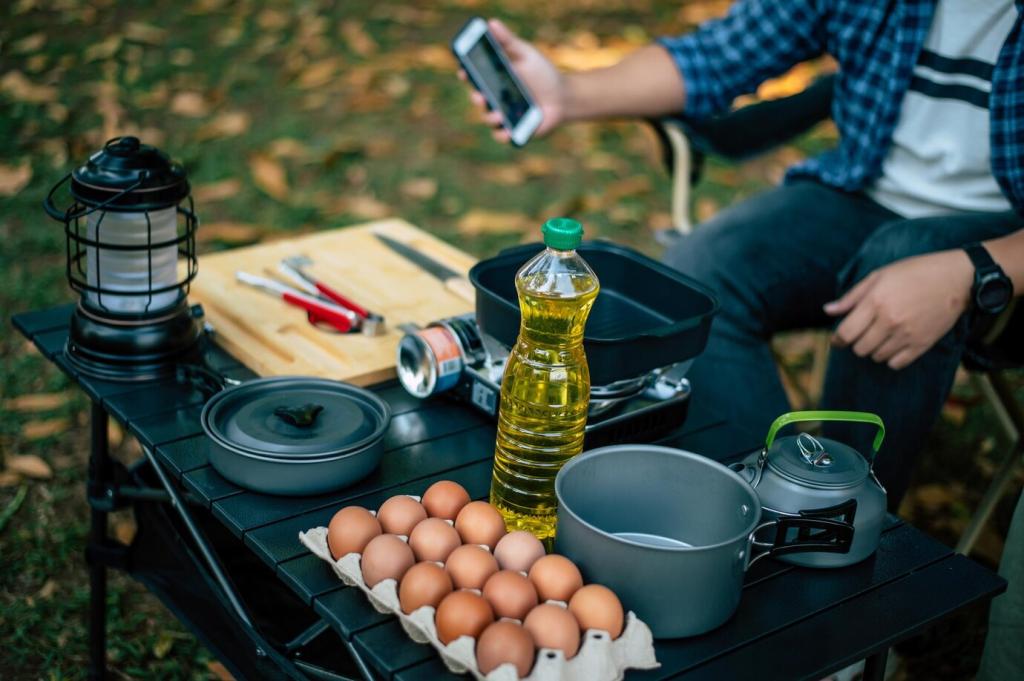Marinades, Brines, and Taming the Wild Edge
Combine red wine or cider vinegar with juniper, bay, and cracked pepper to soften venison overnight. The acids loosen tight fibers, while aromatics harmonize the flavor. What’s your ideal marinade time by cut and thickness? Share your precision for consistent results.
Marinades, Brines, and Taming the Wild Edge
Cultured dairy gently tenderizes pheasant or grouse and mellows stronger notes without masking character. Rinse, pat dry, and finish with a hot roast or pan-sear. Do you season the dairy first or after the soak? Compare your approaches to guide curious cooks.


